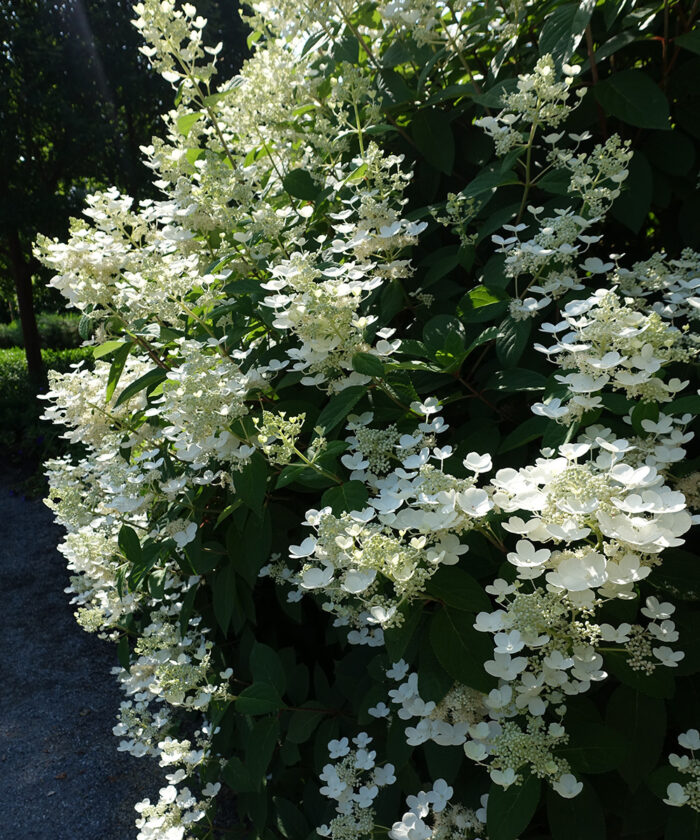
With long-lasting blooms and gorgeous foliage, hydrangeas (Hydrangea spp. and cvs., Zones 3–9) are the heart and soul of the summer garden. But growing hydrangeas in the hot, dry Southern Plains can be challenging. Extreme heat and low humidity cause plants to wilt quickly, while unpredictable spring and winter temperatures threaten flower formation. But the following tips on proper plant selection, placement, and care will help you find success growing hydrangeas in our tough climate.
Sun exposure vs. water loss
One of the most challenging aspects of growing hydrangeas in our hot climate is balancing sun exposure and water loss. Too much sun and many plants wilt quickly; too little and they don’t bloom as well. With our relatively low humidity and intense heat, the large, gorgeous leaves of some hydrangeas cannot take up water fast enough to compensate for water lost to transpiration. The more sun a plant receives, the faster water transpires from the foliage.
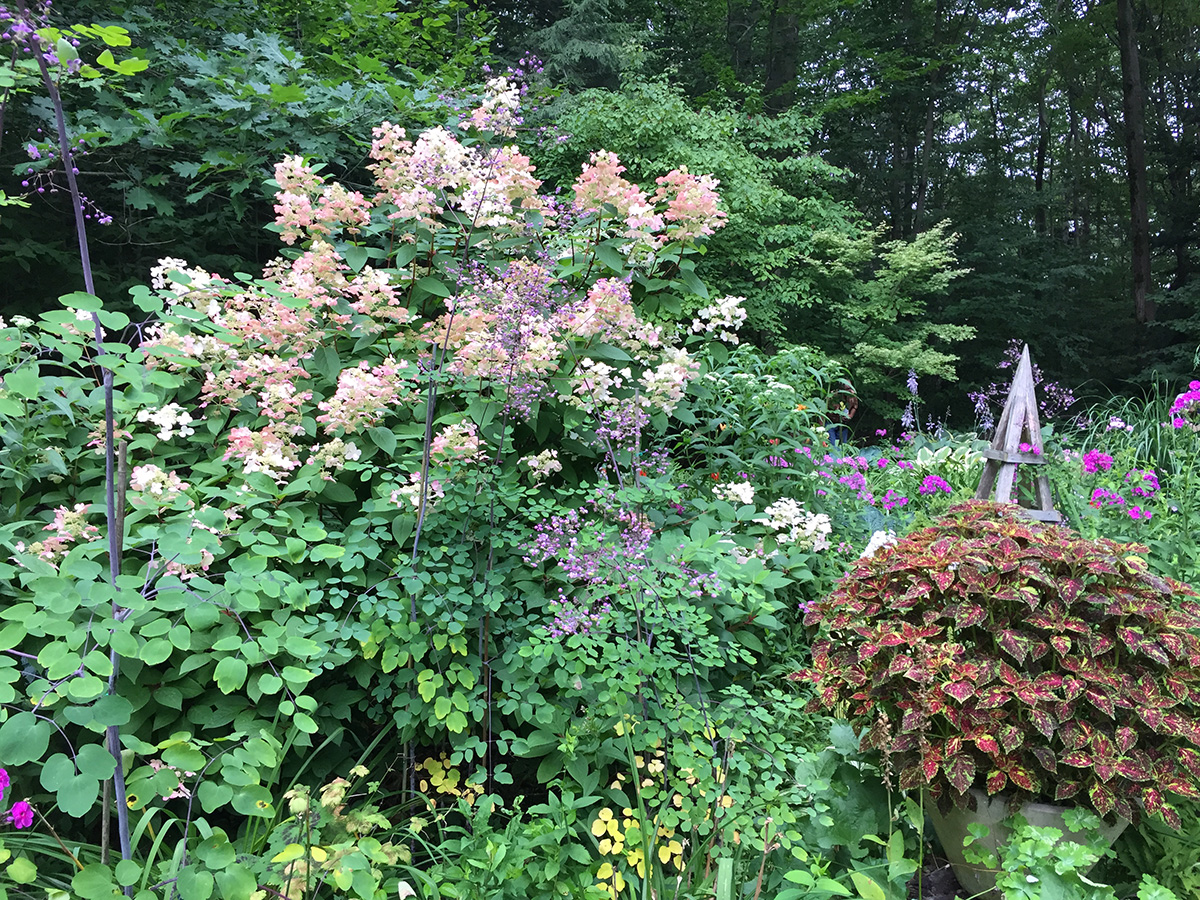
Panicle hydrangeas can handle hot sun
This is where panicle hydrangeas (Hydrangea paniculata, Zones 3-8) come in—the most sun-tolerant species available. Panicle hydrangeas bloom best with a half day or more of direct sun. While they are drought tolerant and stand up to heat, I still like to provide shade during the hottest part of the day. And just because they are drought tolerant doesn’t mean you should let them wilt. As with all hydrangeas, plants will thrive with regular irrigation.
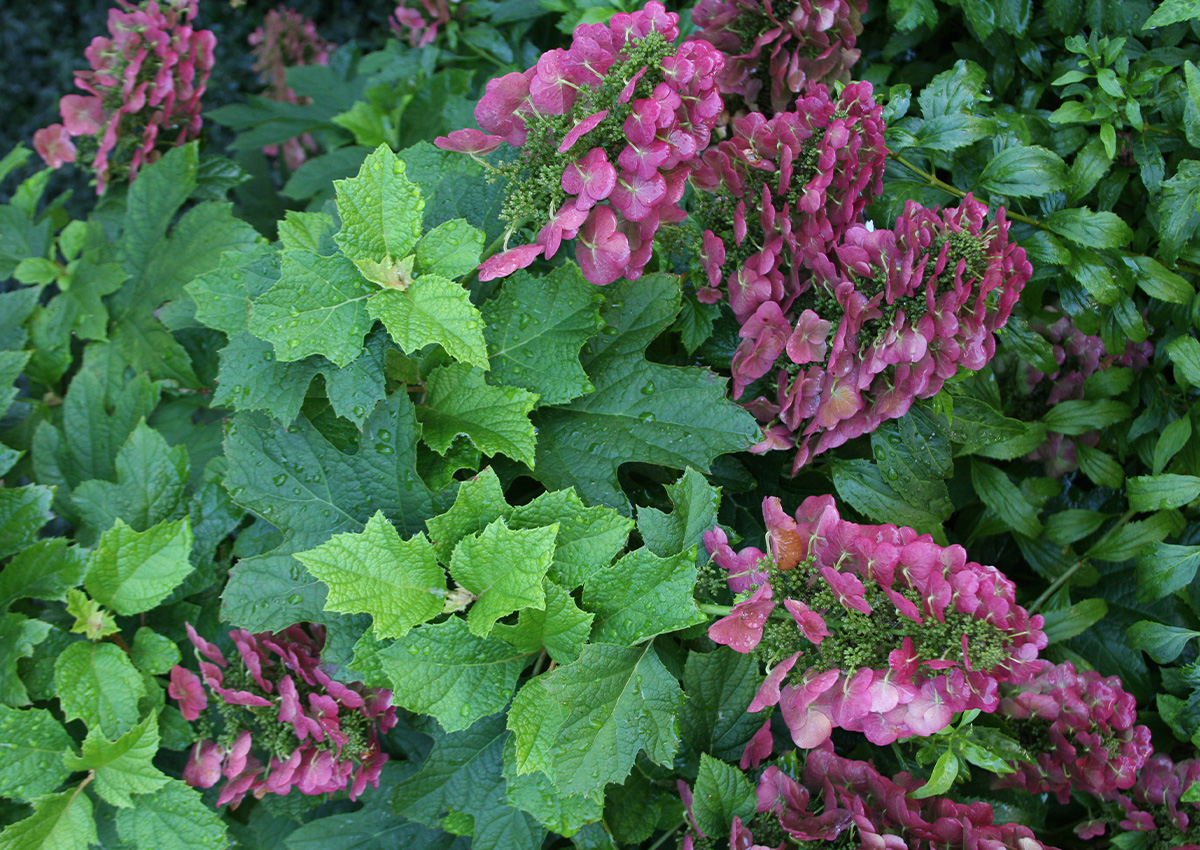
Favorite panicle hydrangeas
I’ve had great success with Quick Fire® panicle hydrangea (H. paniculata ‘Bulk’, Zones 3–8b), which produces white blooms from June through September that mature to deep pink. Like other panicle hydrangeas, Quick Fire® grows rather large, topping out at around 6 to 8 feet tall and wide. Plants tolerate heavy pruning to control size, or you can look for a compact variety such as Bobo® (H. paniculata ‘ILVOBO’, Zones 3–8) or those in the Lavalamp™ series. Panicle hydrangeas can adapt to a variety of soil types as long as they are well draining.
Oakleaf hydrangeas thrive in full shade
At the opposite end of the sun/shade spectrum is oakleaf hydrangea (Hydrangea quercifolia, Zones 5–9). My favorite of all the hydrangeas, this North American native thrives in full shade, where (unlike other hydrangeas) it blooms spectacularly. While its native range does not extend as far west as the Plains, oakleaf hydrangea is drought tolerant and stands up to heat. Plants bloom for six to eight weeks, beginning in June. Flower heads fade to ruby and are held high well into autumn and winter.
 |
 |
Favorite oakleaf hydrangeas
‘Snowflake’ oakleaf hydrangea (H. quercifolia ‘Snowflake’, Zones 5-9), also sold under ‘Brido’, is a tried-and-true cultivar with stunning double blooms. It reaches a mature size of 5 to 8 feet tall and 5 to 10 feet wide. Compact varieties are also available, such as ‘Ruby Slippers’ (H. quercifolia ‘Ruby Slippers’, Zones 5–9), which is known to tolerate more sun. While all oakleaf hydrangeas tolerate full sun, they look their best in partial to full shade. Give oakleaf hydrangeas well-drained soil and a layer of mulch.

Avoid bigleaf hydrangea
Fluctuating spring temperatures and periodic harsh winters provide another challenge to growing hydrangeas in the Southern Plains, especially bigleaf hydrangeas (Hydrangea macrophylla, Zones 5–9). Bigleaf hydrangeas produce those giant, round blooms adored by gardeners, but many flower on old wood, meaning flower buds must survive unpredictable weather. Late spring freezes often kill developing buds coaxed out of dormancy by earlier warm-ups, leaving us with bloomless years. The flower color of bigleaf hydrangeas is also dependent on soil pH, which can be tricky to manage.
A native that stays consistent
I like to skip bigleaf hydrangea altogether and instead plant smooth hydrangea (Hydrangea arborescens, Zones 3–9). This species blooms on the current season’s growth (as does panicle hydrangea), so there is no worry about losing blooms to temperature fluctuations. It is also native as far west as eastern Kansas and Oklahoma, and it attracts pollinators.
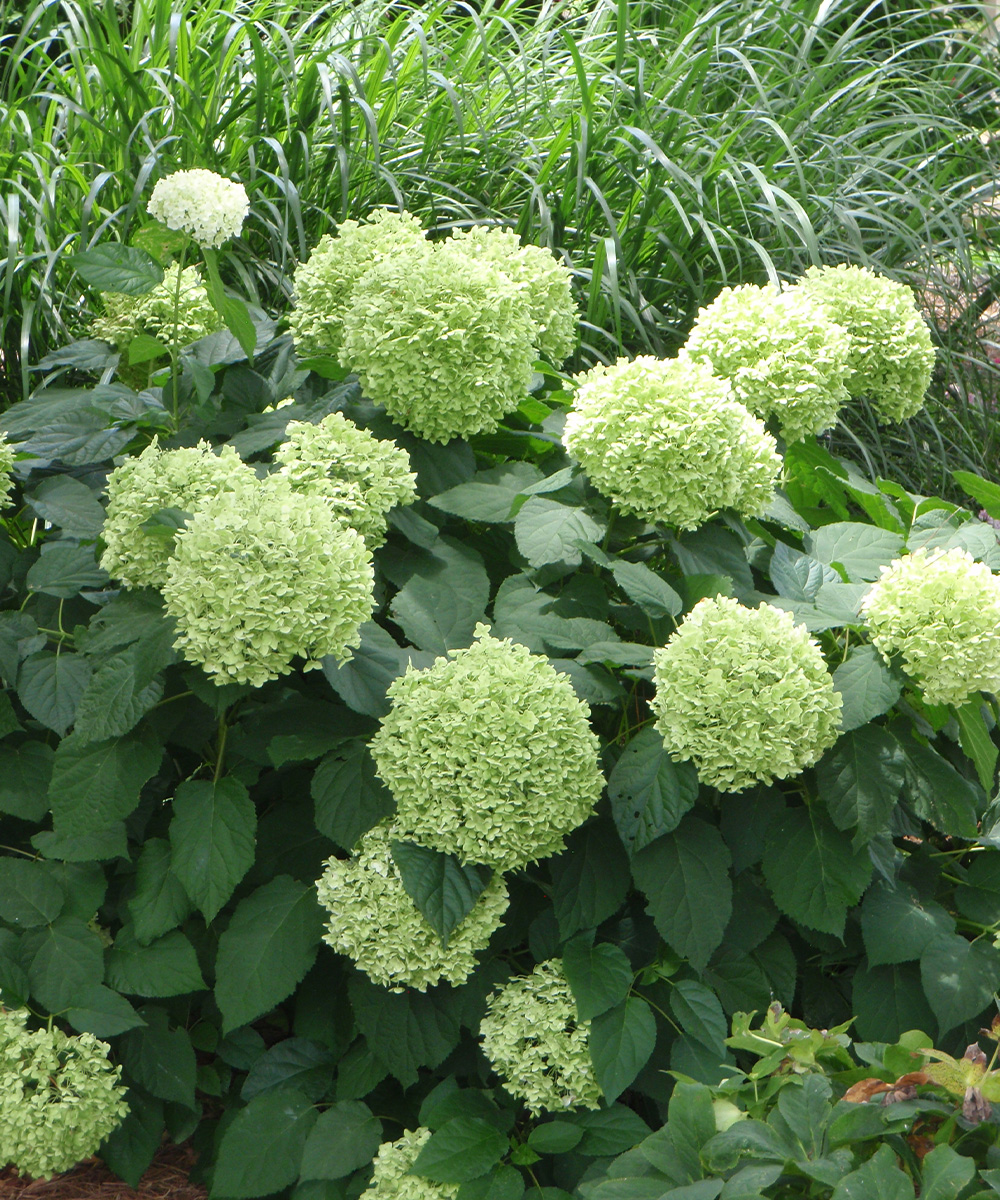
Achieving that mophead look
Smooth hydrangeas produce large, round blooms similar in shape to bigleaf hydrangeas, but the flower color is not dependent on soil pH—so what you see is what you get. Breeders have expanded the range of colors available, from the traditional green and white of ‘Annabelle’ (H. arborescens ‘Annabelle’, Zones 3–9) to every shade of pink imaginable. There is even a lacecap variety, Invincibelle Lace™ (H. arborescens ‘SMNHRLL’, Zones 3–8). Smooth hydrangeas can take some sun but perform best in the “Goldilocks” location on the east side of the house, with morning sun and afternoon shade. Keep in mind that smooth hydrangea as a species is susceptible to drought and performs best with even moisture. Plants mature to about 3 to 5 feet tall and wide.
Stick with what grows best in your garden
While I love a blue hydrangea as much as the next person, I like to keep things simple in my garden. My alkaline soils do not support those soft blues, and my weather makes bigleaf hydrangeas cringe. Why force the wrong plant when there are so many other choices? Plant breeders continue to expand the range of colors and sizes of smooth, oakleaf, and panicle hydrangeas. And with these three species, there’s a hydrangea perfect for just about every location in your garden.
—Kim Toscano is a horticulturalist, entomologist, garden designer, writer, and graphic designer. She previously hosted Oklahoma Gardening, a weekly PBS television program produced by the Oklahoma Cooperative Extension Service.
Fine Gardening Recommended Products
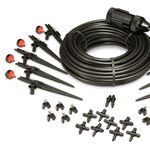
Rain Bird PATIOKIT Drip Irrigation Patio Watering Kit
Fine Gardening receives a commission for items purchased through links on this site, including Amazon Associates and other affiliate advertising programs.
- Provides drip irrigation for up to 6 planters
- Easy to assemble: just attach to faucet, cut tubing and connect watering devices
- Attaches easily to your outdoor faucet or hose

The Crevice Garden: How to make the perfect home for plants from rocky places
Fine Gardening receives a commission for items purchased through links on this site, including Amazon Associates and other affiliate advertising programs.
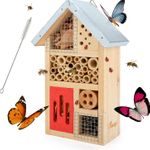
Niteangel Natural Wooden Insect Hotel, Garden Insect House for Ladybugs, lacewings, Butterfly, Bee, Bug
Fine Gardening receives a commission for items purchased through links on this site, including Amazon Associates and other affiliate advertising programs.



















Comments
Log in or create an account to post a comment.
Sign up Log in